6 Common Household Items Crawling With Germs
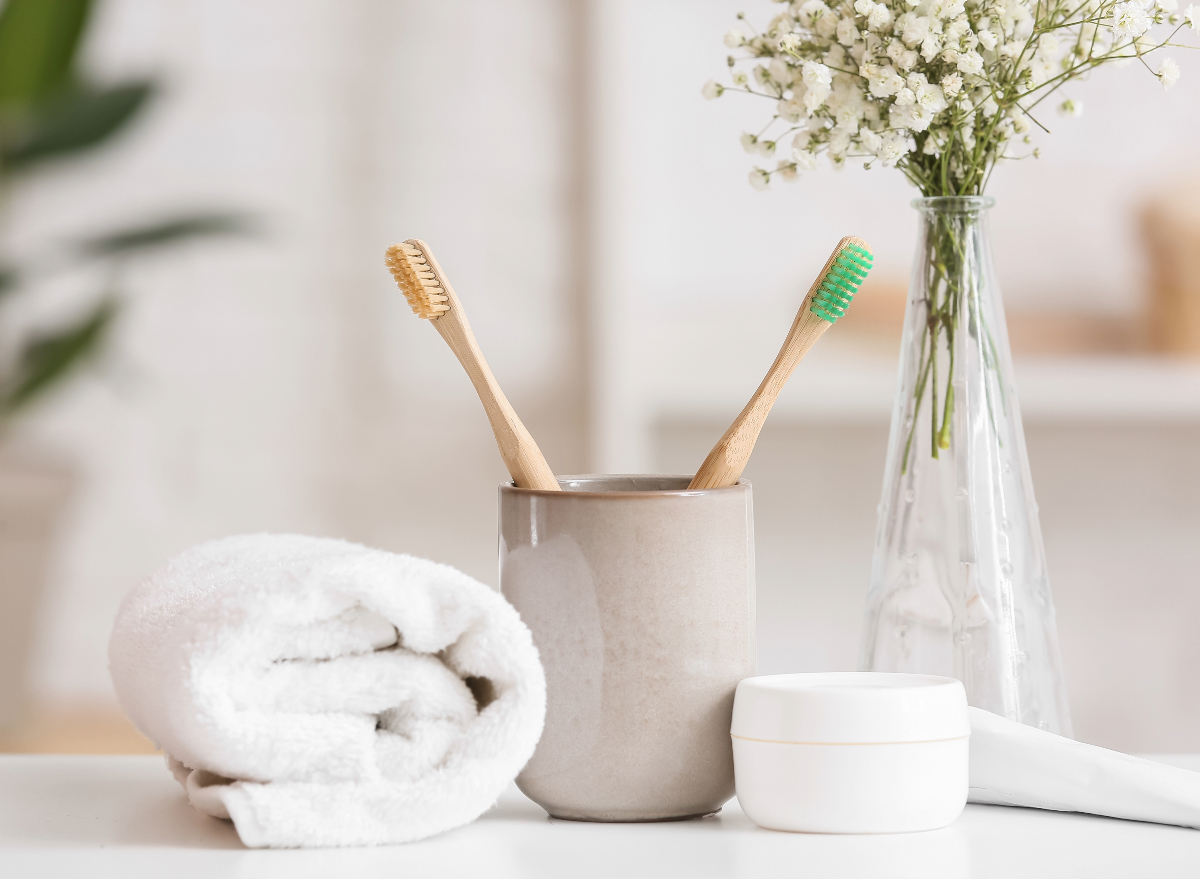
With cold and flu season almost in full force, it’s imperative to do everything you can to stay as healthy as possible. But alas, germs are lurking everywhere—even in places you may not expect. For instance, after a long day at work and commuting home via the subway, bus, or car, all you want to do is wash off, and, well, not be in yet another germy environment. We hate to break it to you, but some common household items are crawling with germs—and you should be aware of them.
We chatted with Dr. Deena Adimoolam, MD, who is board-certified in internal medicine and endocrinology, diabetes, and metabolism, and sits on our Medical Expert Board. Dr. Adimoolam calls out these items, along with revealing how to effectively disinfect them.
To ensure your home stays as fresh as it can be, routine cleaning—a minimum of once a week with water, soap, and scrubbing—is the name of the game, according to Dr. Adimoolam. In addition, she recommends getting into a regular sanitizing habit with sprays or sanitizing cloths. Keep in mind that disinfecting items and surfaces with bleach or other types of disinfectants can help kill bacteria or viruses as well.
Now that you know what to do, keep reading to learn more about the household items that are crawling with germs. And when you’re finished, be sure to check out the 10 Things You Should Do Every Morning for All-Day Energy.
Dish Sponges
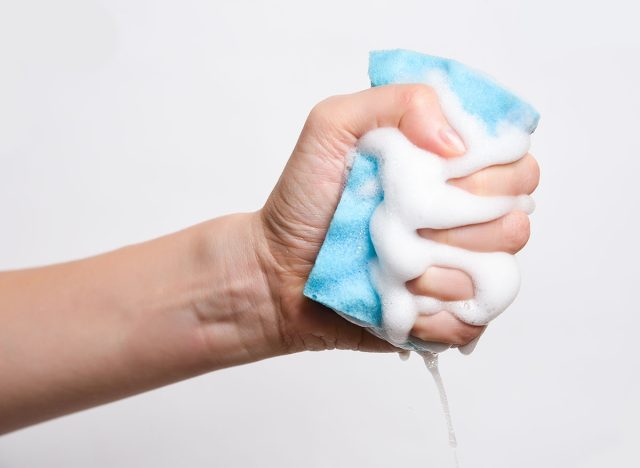
You know the dish sponge that’s used to “clean” your dishes? You may be surprised to hear that it’s harboring a ton of germs. As a matter of fact, according to a 2022 study published in the Journal of Applied Microbiology, kitchen sponges hold onto more bacteria than kitchen brushes do.
“Salmonella and other bacteria grow and survive better in sponges than in brushes, the reason is that sponges in daily use never dry up,” one of the study’s authors, Trond Møretrø, a research scientist at Nofima, a Norwegian food research institute revealed via CNN. “A single sponge can harbor a higher number of bacteria than there are people on Earth.”
Kitchen Towels
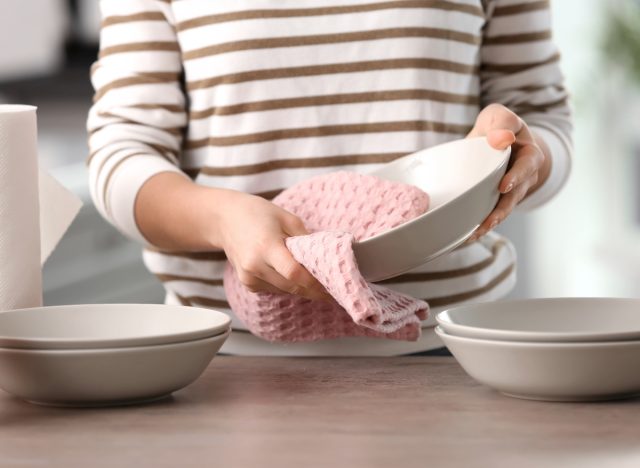
The kitchen should be a clean space—After all, it’s where you prepare all of your meals!—but there are seemingly many germs hanging out there under the radar. The 2011 NSF International Household Germ Study even determined the kitchen is the dirtiest space in the house—even more so than the bathroom.
A kitchen towel is another common household item that can be chock-full of germs. According to 2018 research from the American Society for Microbiology, 49% of kitchen towels examined in the study contained bacterial growth which only grew in size with bigger families. Towels used for multiple purposes (i.e. drying hands, wiping down or cleaning surfaces, and wiping utensils) contained higher amounts of bacteria than towels that were just used once. In addition, humid towels had more bacteria than dry towels.
Kitchen Sink
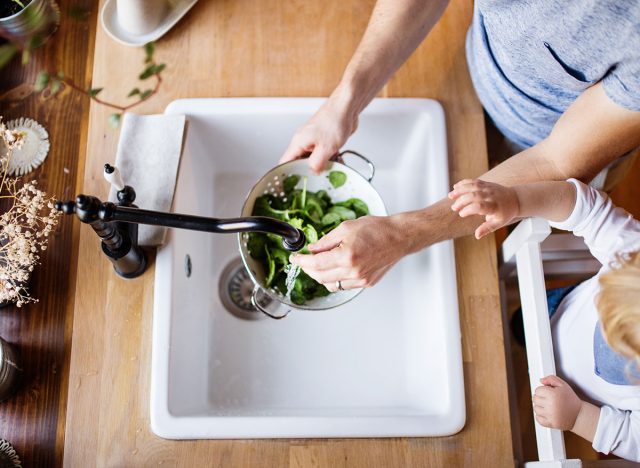
Since we’ve already addressed dish sponges and kitchen rags, it shouldn’t come as a major shock to hear that your kitchen sink is also full of bacteria. Research published in the Journal of Food Protection observed swab samples from “food contact” and “preparation” surfaces in homes. What the researchers found is truly alarming. Fecal coliforms were discovered in 44% of the homes (often in kitchen sinks, dish rags, and sponges), and E. coli was present in 15% of the homes (mainly in kitchen sinks).
Toothbrush Holder
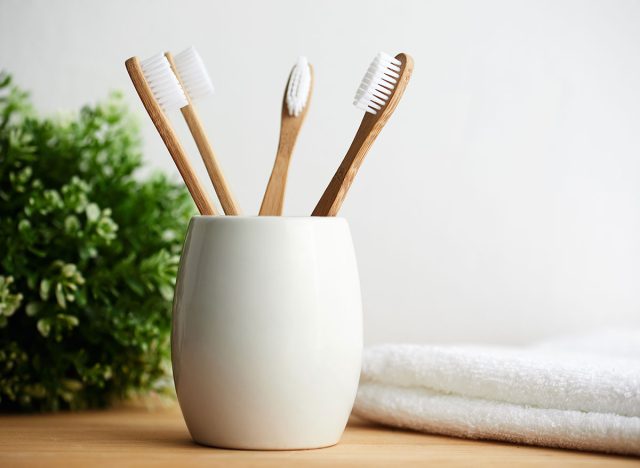
Ironically, many items that are associated with cleanliness are not so sanitary at all. Don’t be alarmed, but your toothbrush holder—and toothbrush!—is another hot spot for germs. Researchers from NSF International’s Applied Research Center (ARC) identified a certain type of bacterium called “Klebsiella michiganensis” on a toothbrush holder. It’s a “unique coliform bacterium” that’s part of the same family as E. coli, which usually appears in fecal matter. In addition, the 2011 NSF International Household Germ Study determined that 64% of toothbrush holders had mold and yeast on them.
Bathroom Faucet Handles
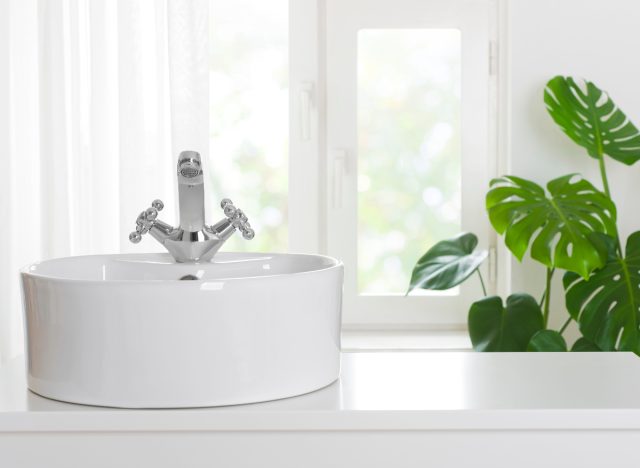
Regularly sanitizing the faucet handles in your bathroom is a smart habit to get into. In the International Household Germ Study, the NSF swabbed certain household items to identify Coliform bacteria, a grouping of bacteria that includes E. coli and Salmonella and signifies “potential fecal contamination.” Faucet handles—which you touch before and after cleaning your hands and face—included 9%. In addition, 27% of faucet handles contained mold and yeast, and 5% contained staph.
Toilet
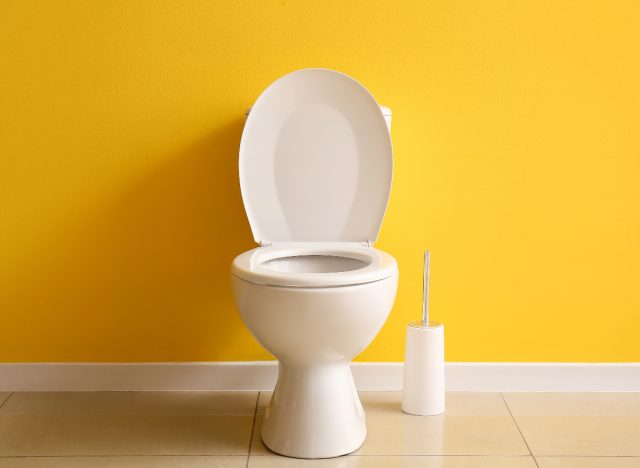
Your bathroom toilet may not be the most shocking household item on this list, but it’s certainly worth mentioning. According to 2021 research published in the Journal of Applied Microbiology, after flushing the toilet, viruses and bacteria could be dispensed onto the outer parts of the toilet like the handle and the seat, along with other surfaces of your bathroom. In addition, salmonella bacteria can congregate under the toilet’s rim and remain there for up to 50 days. Using an automatic toilet bowl cleaner can decrease the amount of microorganisms sprayed about during the toilet flush.
- Source: https://d2evkimvhatqav.cloudfront.net/documents/2011_NSF_Household_Germ_Study_exec-summary.pdf
- Source: https://www.sciencedaily.com/releases/2018/06/180609124645.htm
- Source: https://pubmed.ncbi.nlm.nih.gov/28271927/
- Source: https://www.livescience.com/41074-new-bacterium-found-on-toothbrush-holder.html
- Source: https://www.ncbi.nlm.nih.gov/pmc/articles/PMC9292268/









